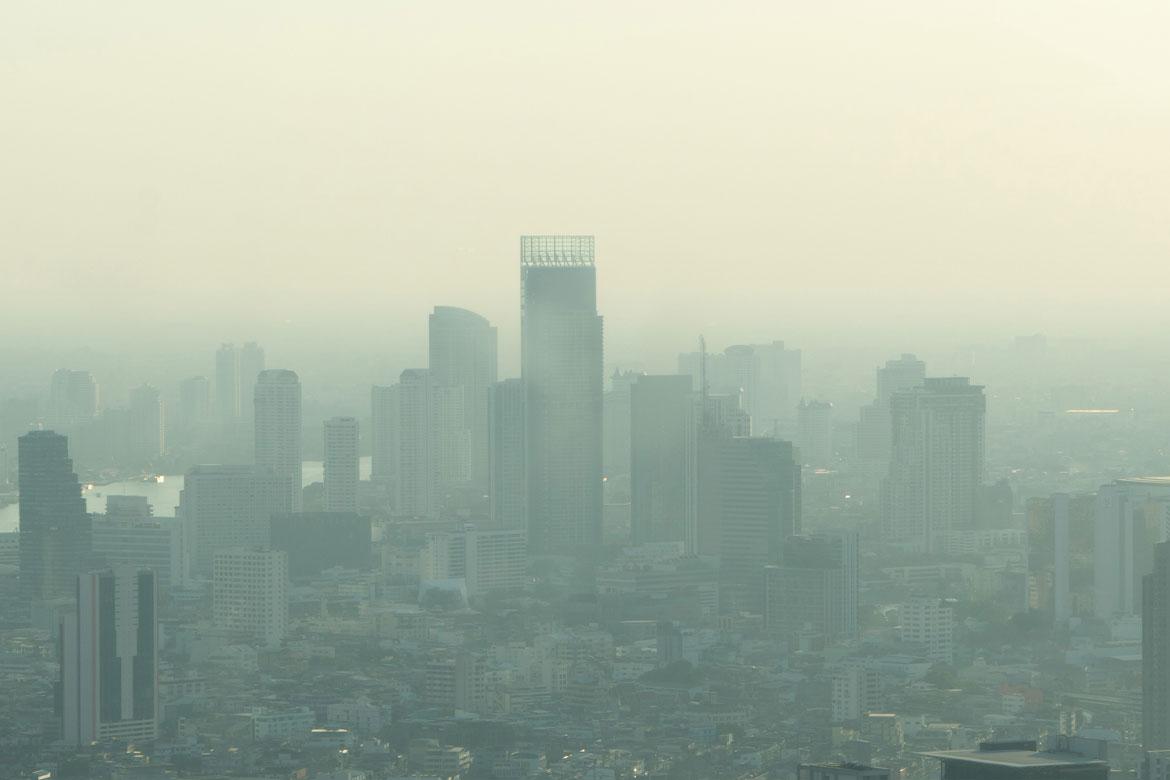-
-
Featured Care Areas


Respiratory Medicine (Lung)
Related respiratory conditions
Respiratory conditions refer to disorders of the lungs, nose, throat and other parts of the respiratory tract and diaphragm. This can range from simple conditions to potentially complex conditions requiring a multidisciplinary team of medical specialists such as trained intensive care and infectious disease specialists, thoracic surgeons and radiologists.
Respiratory conditions include:
- Acute respiratory distress syndrome (ARDS), a life-threatening lung condition that causes dangerously low oxygen levels in the blood
- Allergies
- Asthma
- Airway disorders
- Benign tumours
- Bronchiectasis, a long-term condition where the airways of the lungs become widened
- Bronchitis, an infection of the main airways of the lungs (bronchi)
- Chest wall disorders
- Chronic cough
- Chronic obstructive pulmonary disease (COPD)
- Drugs and inhalational injuries
- Diffuse parenchymal lung diseases (DPLD) related to collagen vascular disease, a group of different disorders mainly characterised by progressive scarring of the lung architecture and often resulting in respiratory failure
- Idiopathic pulmonary fibrosis, a disease that causes scarring (fibrosis) of the lungs
- Interstitial lung disease, including complex and rare lung conditions, a large group of diseases that cause scarring (fibrosis) and irreversible damage to the lungs
- Lung cancer
- Malignant pleural effusion, an abnormal build-up of fluid between the chest wall and the lung
- Malignant mesothelioma, a type of cancer that occurs in the thin layer of tissue that covers most of your internal organs (mesothelium)
- Mediastinal disorders, tumours that form in the mediastinum (an area which separates the lungs in the middle of the thoracic cavity)
- Multiorgan failure
- Neuromuscular weakness
- Occupational lung disorders, work-related lung diseases caused by long-term exposure to certain irritants that are breathed into the lungs
- Parapneumonic effusion, a build-up of fluid in the pleural cavity (the space between your lungs and chest cavity)
- Pneumoconiosis, a lung disease caused by breathing in dust particles that damage your lungs
- Pleural diseases, conditions that affect the tissue (pleural) that covers the outside of the lungs and lines the inside of your chest cavity
- Pneumonia
- Pneumothorax, or collapsed lung
- Pulmonary embolism, a blood clot that develops in a blood vessel in the body which travels to a lung artery where it blocks blood flow
- Pulmonary hypertension, high blood pressure in the blood vessels that supply the lungs (pulmonary arteries), which can damage the heart
- Pulmonary infections
- Severe community acquired pneumonia
- Acute respiratory distress syndrome (ARDS)
- Pulmonary tuberculosis (TB)
- Pulmonary vascular diseases, diseases affecting the blood vessels leading to or from the lungs
- Restrictive lung disorders, chronic lung conditions that limit the ability of the lungs to expand during inhalation
- Sleep apnoea, a sleep disorder in which breathing repeatedly stops and starts
- Sleep disorders
- Severe sepsis
- Tuberculous effusion, a build-up of fluid in the space between the lining of the lung and the lung tissue (pleural space) after long-term tuberculosis infection
*This is not a complete list of all the conditions that we recognise and treat. The information provided is for educational reference only and should not be seen as medical advice.
Please consult one of our qualified healthcare specialists for an accurate diagnosis before starting on any treatment.
This page has been reviewed by our medical content reviewers.
Need help?
For enquiries, please call
+65 6575 7575
For appointment bookings, please WhatsApp
+65 8111 9777








